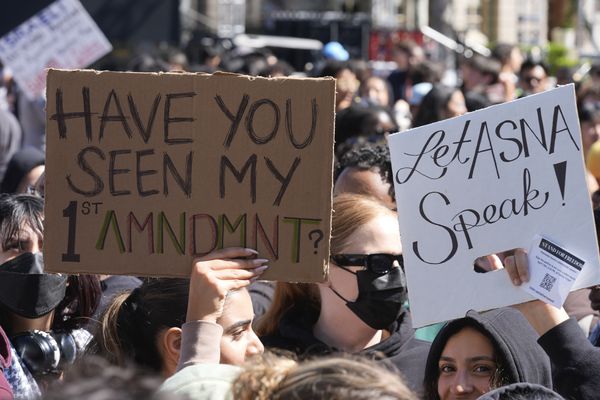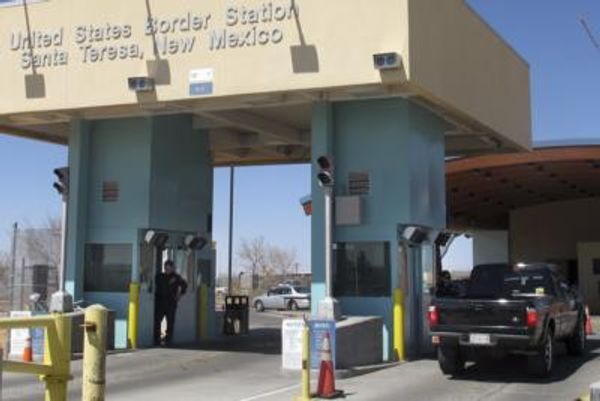
The latest research, published by the journal Science, reportedly reveals that the Huanan Seafood Wholesale Market was “likely the early epicentre of the scourge that killed nearly 6.4 million people around the world." As per the report, scientists have concluded that the virus that was responsible for causing Covid-19, SARS-CoV-2, likely “spilled from animals into people two separate times."
Kristian Andersen a professor in the Department of Immunology and Microbiology at Scripps Research and coauthor of one of the studies said, “all this evidence tells us the same thing: It points right to this particular market in the middle of Wuhan. I was quite convinced of the lab leak myself until we dove into this very carefully and looked at it much closer."
According to one study, which incorporated data collected by Chinese scientists, University of Arizona evolutionary biologist Michael Worobey and his colleagues said, that they used mapping tools to estimate the locations of more than 150 of the earliest reported Covid-19 cases from December 2019. Additionally, these scientists mapped cases from January and February 2020 using data from a social media app that had created a channel for people with Covid-19 to get help. Worobey said that the scientists asked, “of all the locations that the early cases could have lived, where did they live? And it turned out when we were able to look at this, there was this extraordinary pattern where the highest density of cases was both extremely near to and very centred on this market."
He further stated, “Crucially, this applies both to all cases in December and also to cases with no known link to the market … And this is an indication that the virus started spreading in people who worked at the market but then started to spread into the local community."
Meanwhile, as per the report, Andersen said they found case clusters inside the market, too, “and that clustering is very, very specifically in the parts of the market" where they now know people were selling wildlife, including raccoon dogs, that are susceptible to infection with the coronavirus.
In the other study, scientists analyzed the genomic diversity of the virus inside and outside of China starting with the earliest sample genomes in December 2019 and extending through mid-February 2020, according to the AP report.
The scientists reportedly found that two lineages – A and B – marked the pandemic's beginning in Wuhan. Interestingly, study coauthor Joel Wertheim, a viral evolution expert at the University of California, San Diego, notified that “lineage A is more genetically similar to bat coronaviruses, but lineage B appears to have begun spreading earlier in humans, particularly at the market. Now I realise it sounds like I just said that a once-in-a-generation event happened twice in short succession."
It is important to note that certain conditions were in place, the report said, “such as people and animals in close proximity and a virus that can spread from animals to people and from person to person." So “barriers to spillover have been lowered such that multiple introductions, we believe, should actually be expected," he said.
Additionally, these studies come on the back of several scientists believing that the virus jumped from bats to humans, either directly or through another animal. Notably, in June, the World Health Organisation recommended a deeper probe into whether a lab accident may be to blame and to this, the critics had said the WHO was too quick to dismiss the lab leak theory. Andersen pointed out “have we disproven the lab leak theory? No, we have not" adding that "but I think what's really important here is there are possible scenarios and there are plausible scenarios and it's really important to understand that possible does not mean equally likely."
Notably, the pandemic's origins continue to remain controversial, while a number of scientists believe a lab leak is more likely, others remain open to both possibilities. Matthew Aliota, a researcher in the college of veterinary medicine at the University of Minnesota, said in his mind the pair of studies “kind of puts to rest, hopefully, the lab leak hypothesis," notifying that “both of these two studies really provide compelling evidence for the natural origin hypothesis."
(With inputs from AP)







